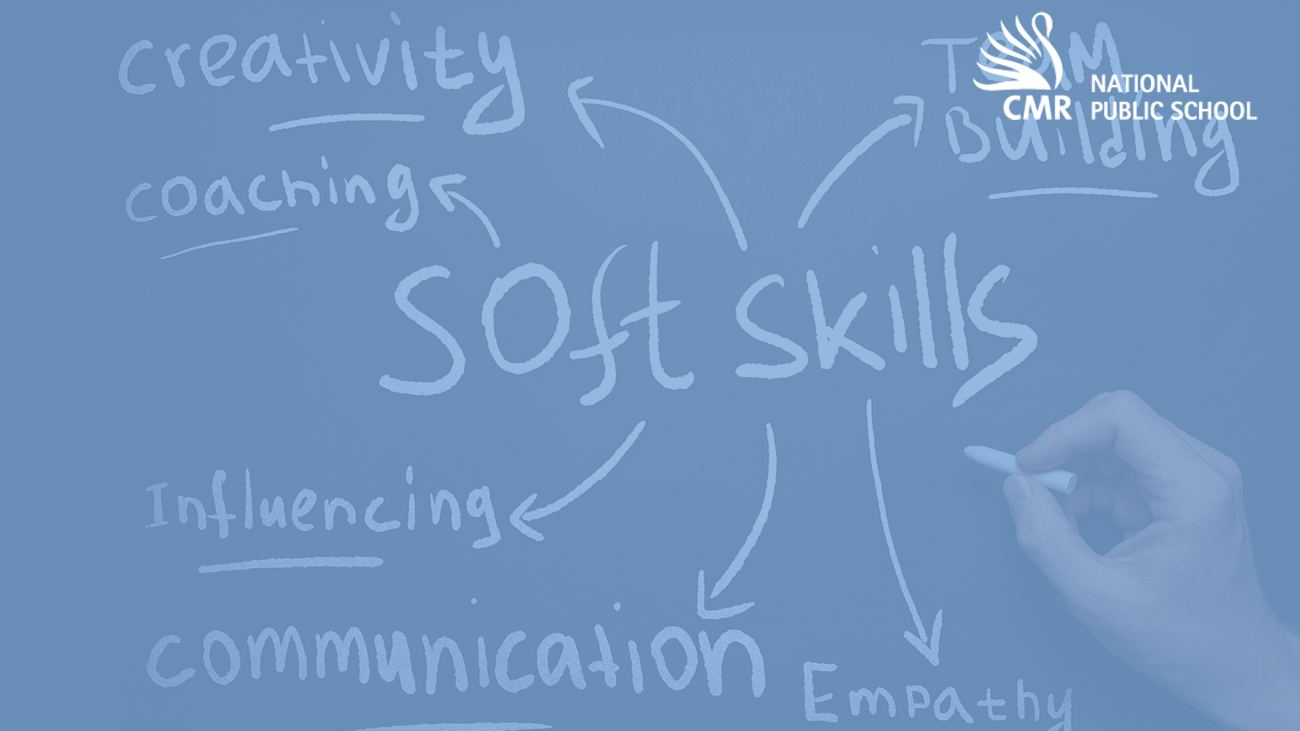The COVID-19 has somersaulted many families and lives, especially the children who are left devastated and distorted with the new normal. This has impacted the children’s mental health, psychological health, and emotional strength. Understanding the unavoidable new normal, here are some thoughts to keep children engaged in learning during COVID-19 while they are glued to the gadgets:
1. Get a routine together:
Maintain a routine that factors in age-appropriate education workshops that can be followed online, on the television, or through relevant websites. Also, set in playtime and time for reading. Keep daily activities as learning opportunities for your children.
Although establishing a routine and structure is critically important for children, you may notice your children need some level of flexibility. Change the activities, if your child is seeming restless and agitated when you’re trying to follow an online learning program with them, switch to a more of an action mode. Do not forget that planning and doing house chores together safely is great for the development of fine and gross motor functions.
2. Have open conversations:
Provide the space and encourage your children to ask questions and express their feelings with you. Remember that your child may have different reactions to stress, so be patient and understanding. Start by inviting your child to talk about the issue. Find out how much they already know and follow their lead. Discuss good hygiene practices. You can use everyday moments to reinforce the importance of things like regular and thorough handwashing. Make sure you are in a safe environment and allow your child to talk freely. Drawing, stories, and other activities may help to open a discussion. Ensure you are giving undivided attention while they share their concerns or opinions or even some ideas. You can also alert them about fake news and provide them with moral support.
3. Take your time:
Start with shorter learning sessions and make them progressively longer. If the goal is to have a 30- or 45-minute session, start with 10 minutes and build up from there. Within a session, combine online or screen time with offline activities or exercises.
4. Protect children online:
Online platforms provide an opportunity for children to keep learning, take part in the play and keep in touch with their friends. But increased access online brings heightened risks for children’s safety, protection, and privacy. Therefore, discuss the internet’s pros and cons with your children so that they know how it works, what they need to be aware of, and what appropriate behavior looks like on the platforms they use, such as video calls.
Set the rules together about how, when, and where the internet can be used. Set up parental controls on their devices to mitigate online risks, particularly for younger children. Identify appropriate online tools for recreation together – organizations like Common Sense Media offer advice for age-appropriate apps, games, and other online entertainment. In case of cyberbullying or an incident of inappropriate content online, be familiar with the school and other local reporting mechanisms, keeping numbers of support helplines and hotlines handy.
Don’t forget that there’s no need for children to share pictures of themselves or other personal information to access digital learning.
5. Stay in touch with your children’s education facility:
Find out how to stay in touch with your children’s teacher or school to stay informed, ask questions and get more guidance. Parent groups or community groups can also be a good way to support each other with your homeschooling.


